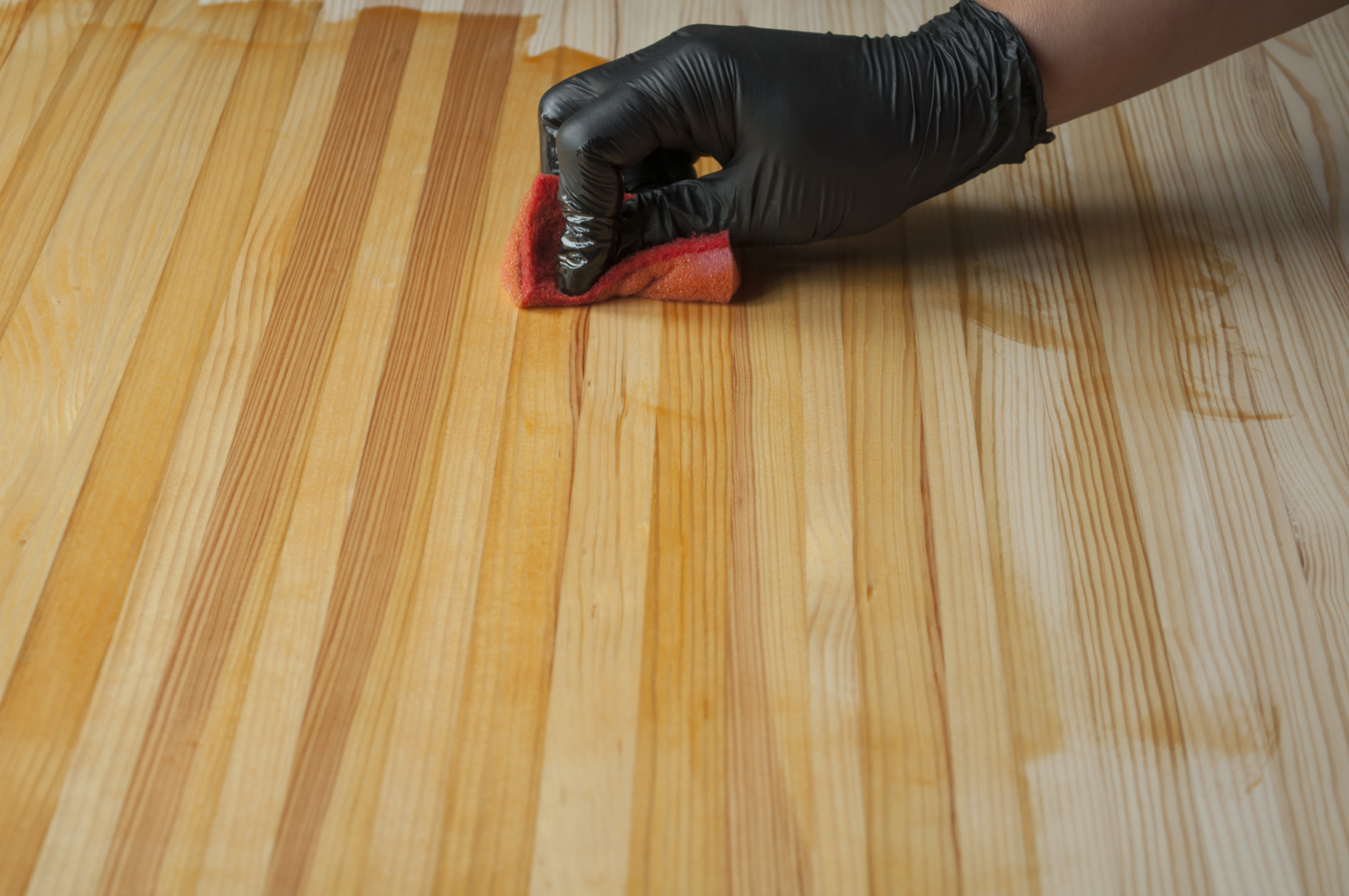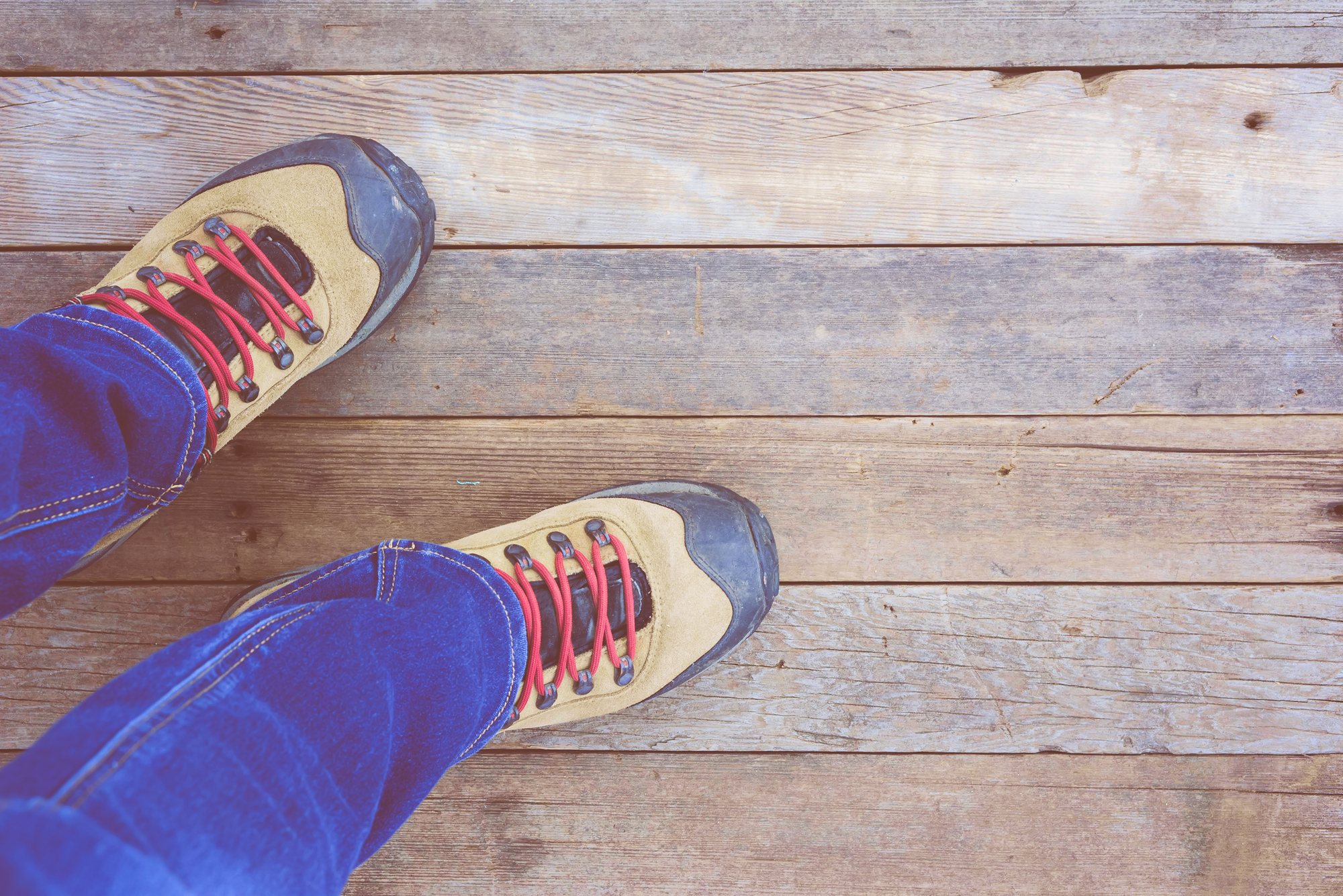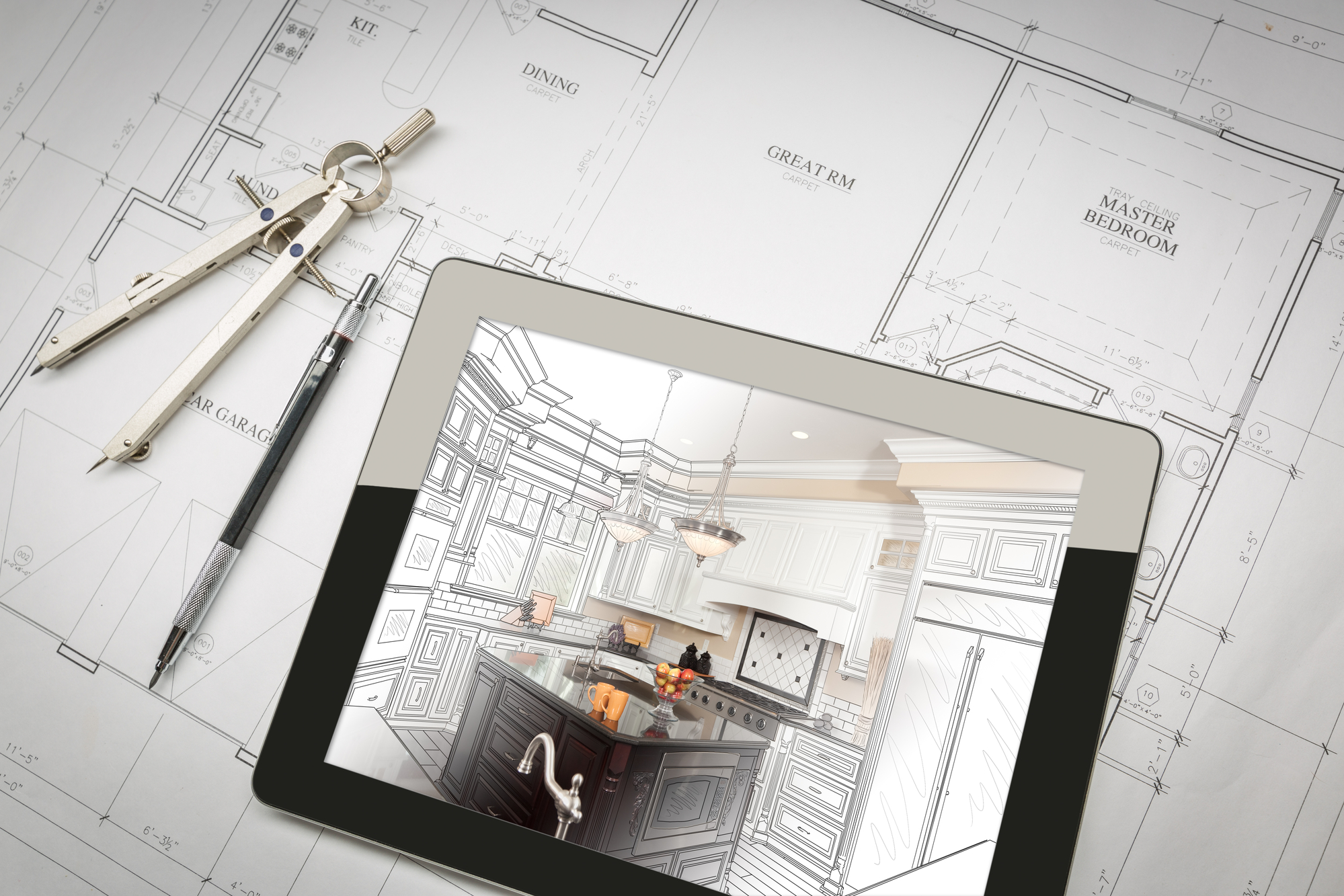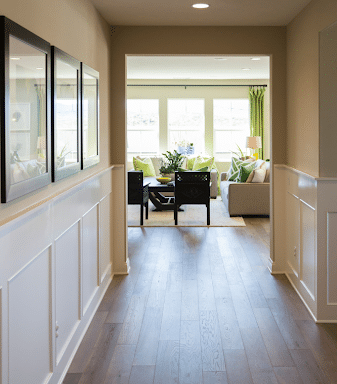Transform Your Home with Waterproof Vinyl Flooring August 26, 2024· by helium_seo Hardwood flooring has long been a favorite choice for homeowners
Read More →The Ultimate Guide to Engineered Hardwood Flooring
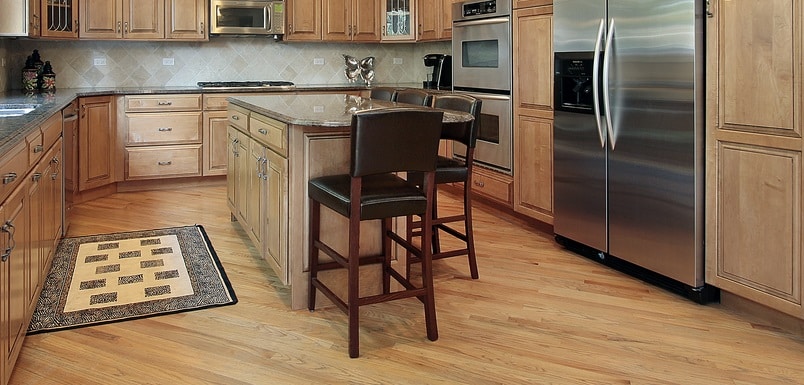
Engineered hardwood has become increasingly popular among homeowners and contractors alike, offering the beauty of solid hardwood flooring with enhanced durability and versatility. When considering new flooring options, it is necessary to understand the intricacies of engineered hardwood to make an informed decision that best suits your home and lifestyle. Engineered hardwood combines the natural elegance of real wood with the stability and resilience of modern manufacturing techniques. Learning about the features, benefits, and installation processes of engineered hardwood below will allow you to confidently select a flooring solution that will transform your living space while providing lasting value.
Related: Read our ultimate flooring guide
What to Know About Engineered Hardwood Floors
What Is Engineered Hardwood?
Engineered hardwood is a type of flooring that consists of multiple layers of wood, with a thin top layer of natural hardwood veneer. This top layer, known as the wear layer, gives engineered hardwood its authentic wood appearance. Beneath the wear layer, a high-density fiberboard (HDF) or plywood core provides stability and resistance to moisture and temperature changes.
Differences Between Engineered and Solid Hardwood
While both engineered and solid hardwood offer the natural beauty of real wood, there are some key differences to consider. Solid hardwood is made from a single piece of wood and can be sanded and refinished multiple times throughout its lifespan. On the other hand, engineered hardwood has a thinner top layer and cannot be sanded as often. However, engineered hardwood is more stable and resistant to moisture and temperature fluctuations, making it suitable for installation in areas where solid hardwood may not be recommended, such as basements or over concrete subfloor.
Related: Explore our hardwood flooring guide
The Advantages of Engineered Hardwood
Engineered hardwood offers several advantages over traditional solid hardwood:
- Stability: The layered construction of engineered hardwood makes it less prone to expansion and contraction due to changes in humidity and temperature.
- Versatility: Engineered hardwood can be installed in a variety of settings, including below-grade basements and over radiant heating systems.
- Cost-effectiveness: Because engineered hardwood uses a thinner layer of natural wood, it is often more affordable than solid hardwood.
- Easy installation: Many engineered hardwood products feature click-lock or tongue-and-groove installation systems, making them suitable for DIY projects.
The Manufacturing Process of High-Quality Engineered Hardwood
Sourcing and Types of Hardwood Used
The quality of engineered hardwood flooring begins with sourcing premium hardwood species. Reputable manufacturers carefully select hardwoods known for their durability, beauty, and stability. Popular species include oak, maple, hickory, and walnut. Responsible sourcing practices ensure the wood is harvested sustainably, preserving forests for future generations.
The Engineering Process
Creating high-quality engineered hardwood involves a meticulous manufacturing process. The hardwood veneer is carefully cut and bonded to the core material, which is typically made of HDF or plywood. The core is designed to provide stability and resistance to moisture, while the multiple layers are cross-layered to enhance dimensional stability. Precision milling ensures that each plank is uniform in thickness and size, allowing for a seamless installation.
The Finishing Touch: Staining and Sealing
Once the engineered hardwood planks are constructed, they undergo a finishing process to enhance their beauty and protect the surface. Staining allows for a wide range of color options, from light and natural to rich and dark hues. A protective sealant is applied to the surface, providing resistance to scratches, stains, and everyday wear. High-quality finishes ensure that your floors maintain their luster and durability for years.
Choosing and Installing Your Engineered Hardwood Floors
Factors to Consider for Engineered Wood Flooring
When selecting your new engineered hardwood floors, consider these essential elements:
- Wear layer thickness: A thicker wear layer allows for more sanding and refinishing over time, extending the lifespan of your flooring.
- Plank width and length: Long and wide planks can create a more expansive and elegant look in your space.
- Finish and color: Choose a finish and color that complements your interior design style and personal preferences.
- Installation method: Consider the subfloor and room conditions to determine the best installation method for your engineered hardwood.
DIY Installation Vs. Professional Installation
Installing engineered hardwood is often touted as a DIY-friendly option, thanks to click-lock or tongue-and-groove installation systems that simplify the process. These systems allow the planks to snap together easily, reducing the need for glue or nails. Many homeowners find the idea of installing their own flooring appealing, as it can save on labor costs and provide a sense of accomplishment.
However, before deciding to tackle the project yourself, assess your skills and experience. Installing engineered hardwood requires careful preparation and attention to detail to ensure a flawless result. Proper subfloor preparation is essential, as any unevenness or moisture issues can lead to problems down the road. The flooring must also be acclimated to the room’s conditions before installation to minimize the risk of expansion or contraction.
If you’re unsure about your skills and resources, it may be wise to hire a professional installer. Professional flooring contractors have the expertise, experience, and specialized equipment to handle the installation process efficiently and effectively. They can assess the subfloor conditions, make necessary repairs or adjustments, and ensure that the flooring is installed according to industry standards and manufacturer guidelines. While hiring a professional may add to the overall cost of your flooring project, it can provide peace of mind and guarantee a high-quality installation.
Maintenance Tips for Engineered Hardwood Floors
Proper care and regular upkeep will ensure that your engineered hardwood floors retain their beauty and durability for years to come. Establishing a consistent maintenance routine protects your investment. To keep your flooring looking its best, follow these maintenance tips:
- Sweep or vacuum regularly to remove dirt and debris.
- Use a damp mop or cloth for deeper cleaning, but avoid excessive moisture.
- Place mats at entryways to trap dirt and prevent scratches.
- Use felt pads under furniture to minimize scuffs and scratches.
- Avoid harsh cleaning agents and opt for products specifically designed for hardwood floors.
Learn About Top-Quality Engineered Hardwood Flooring With HPH
At High Performance Home (HPH), our mission is to help homeowners and industry professionals navigate the world of home design, renovation, and installation with confidence. As an authority in the field, we are committed to providing valuable insights and recommendations to ensure that you make informed decisions when selecting and installing engineered hardwood in your home.
Our team of experts is dedicated to staying at the forefront of flooring innovations, evaluating products based on their performance, durability, and overall quality. We understand that your home is your sanctuary, and we strive to help you create a space that reflects your style and meets your unique needs.
By partnering with trusted manufacturers and industry leaders, HPH aims to raise the bar in the flooring industry, advocating for products that deliver exceptional value and long-lasting beauty. Whether you’re a homeowner embarking on a renovation project or a contractor seeking the best flooring solutions for your clients, HPH is here to guide you every step of the way. Contact us to get started.
Related: Explore bamboo hardwood flooring
Frequently Asked Questions
Is engineered hardwood real wood?
Engineered hardwood features a top layer of real hardwood veneer, which gives it the authentic look and feel of solid hardwood. The core layers beneath the veneer are made of high-density fiberboard (HDF) or plywood, providing stability and durability.
Can engineered hardwood be refinished?
Engineered hardwood can be refinished, but the number of times depends on the thickness of the wear layer. Thicker wear layers allow for more sanding and refinishing over the life of the flooring. However, engineered hardwood cannot be refinished as many times as solid hardwood.
Is engineered hardwood waterproof?
While engineered hardwood is more resistant to moisture than solid hardwood, it is not entirely waterproof. However, water resistant engineered hardwood flooring is available, offering enhanced protection against moisture damage. The layered construction and protective finishes help to prevent moisture damage, but standing water or excessive humidity can still cause issues, even with products marketed as waterproof engineered hardwood flooring. It’s a good idea to clean up spills promptly and maintain proper humidity levels in your home to ensure the longevity of your floors.
How long does engineered hardwood last?
The lifespan of engineered hardwood depends on several factors, including the quality of the product, the thickness of the wear layer, and the level of foot traffic and maintenance. On average, high-quality engineered hardwood can last between 20 and 40 years with proper care and maintenance.
Discover High-End Luxury Vinyl Tile Flooring August 26, 2024· by helium_seo When you step into a home with solid hardwood floors, you
Read More →Incorporating Garage Tile Flooring in Your Home August 26, 2024· by helium_seo Is your home flooring ready for an upgrade? Elevating your
Read More →The Fundamentals of Shower Tile Flooring August 26, 2024· by helium_seo Elevate your home’s interior with the stunning beauty and unparalleled durability
Read More →
